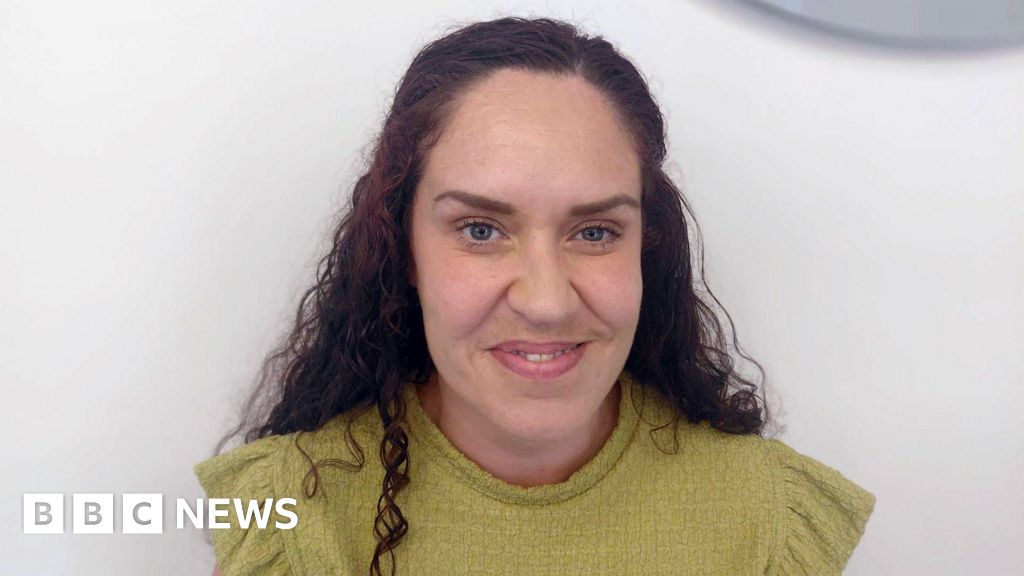In recent years, much attention has been paid to household finances in the Netherlands. With the large bouts of inflation in 2022 and 2023, there are increasing concerns about whether households are still able to bear the increased costs of living. A recent study shows that one in eight households in the Netherlands do not have sufficient liquidity buffers to absorb financial shocks (Ciurila et al. 2024). Other studies using survey data give even higher estimates, with a quarter to half of Dutch households having low liquidity buffers (Deloitte 2024, Nationale Monitor Geldzaken 2024).
The level of fixed and necessary expenditures may help explain why households find it difficult to absorb financial shocks. When these expenditures are high, households cannot fully adjust their consumption, and additional costs or a drop in income could lead to financial distress. There is, however, little empirical research using real, household-level data that studies the fixed and necessary expenditures of households. This is not unique to the Netherlands. In many countries, policymakers lack detailed information to effectively assess household expenditures, making it difficult to design targeted and effective policies.
In a recent paper (Van der Plaat et al. 2025), we present new data on the fixed and necessary expenditures of middle-income Dutch households. We use detailed administrative data between 2019 and 2023 on all households with a standardised household income between €21,000 and €70,000, which is about 83% of all households in the Netherlands. Fixed expenditures are expenses that are fixed for a period of time and are therefore difficult to adjust. They include rent and mortgage payments, for example. Necessary expenditures, on the other hand, can be adjusted but only to a limited extent, because households need to incur these costs in order to live and participate in society. Examples are food expenditures and expenditures for personal care. We focus on the household expenditure ratio, which is equal to the sum of fixed and necessary expenditures divided by the disposable household income.
Incomes increase faster than fixed and necessary expenditures
On average, the level of fixed and necessary expenditures for middle-income households remained stable between 2019 and 2022. Between 2019 and 2022, the average household incurred around €21,000 in such expenditures (Figure 1, left). In 2023, however, there was an increase of about €2,000 in fixed and necessary expenditures. Most of this increase was the result of higher energy costs, directly via higher gas and electricity expenditures (+€300), but also indirectly via higher food expenditures (+€900).
Figure 1 Fixed and necessary expenditures grew, but the household expenditure ratio decreased between 2019 and 2023
Sources: Microdata from Statistics Netherlands, Nibud, and authors’ calculations.
Yet, the average household expenditure ratio decreased slightly between 2019 and 2023, falling from 50% in 2019 to 46% in 2023 (Figure 1, right). This decline was largely due to an increase in disposable income. Average disposable incomes grew by around 23% between 2019 and 2023, while expenditures rose by 11%. Notably, despite the energy crisis, the average expenditure ratio in 2023 was only slightly higher than in 2022. Allowances such as the energy allowance and other benefits that Dutch households received during that period appear to have played a role. For example, in 2022, all households in the Netherlands received €380 in compensation for increased energy costs. Without these allowances, the expense ratio would have increased more sharply.
Housing costs are the largest component of the household expenditure ratio, with rent or mortgage payments, but also property taxes, accounting for around 40%. Together with other expenditures such as energy and water expenses, housing expenditures are roughly half of all fixed and necessary expenditures. In terms of income, this amounts to about a quarter spent on housing. However, households are spending an increasingly smaller portion of their income on housing as housing costs remained fairly stable at around €9,000 annually between 2019 and 2023 while their income increased.
The most marked differences are between homeowners and tenants
There are large differences between homeowners and tenants. The average homeowner has a household expenditure ratio of around 42% (Figure 2). The expenditure ratio for tenants is almost 15 percentage points higher, at around 57%. Tenants in private rental accommodation spend roughly the same on fixed and necessary expenditures as homeowners, but spend a larger proportion of their income on housing. Given that their incomes are lower than those of homeowners, we observe higher household expenditure ratios for private tenants than for homeowners. Tenants in social housing spend less on average on fixed and necessary expenditures. However, their income is also lower, which means that their expenditure ratio is higher than that of homeowners.
Figure 2 Homeowners have on average the lowest expenditure ratios
Sources: Microdata from Statistics Netherlands, Nibud, and authors’ calculations.
When we stratify homeowners and tenants into three age groups, diverging patterns appear. For young homeowners, we observe much higher expenditure ratios than for young tenants, even after controlling for other household characteristics. For example, young tenants in social housing have, on average, a 3.4 percentage point lower expenditure ratio than young homeowners. For retired households, it is the other way around: retired tenants in private housing have, on average, 4 percentage point higher expenditure ratios than retired homeowners. The reason behind these diverging patterns is most likely that young homeowners often face mortgage repayments, while retired households have usually paid off most of their mortgage or benefit from interest-only loans. Housing rents do not decrease over time but are tied to wage developments and inflation, leaving older tenants worse off.
Large dispersion among household expenditure ratios
The household expenditure ratio varies widely across households. Figure 3 shows its distribution for 2019 and 2023. The share of households with high ratios has fallen: about 25% of households had a ratio of 60% or higher in 2019 (around 1.4 million), compared with 18% in 2023 (1.1 million). Households with such high ratios are particularly vulnerable to income shocks, as a large share of their income goes to fixed and necessary expenditures. Meanwhile, the number of households with low expenditure ratios has risen sharply – from about 2.3 million with ratios below 40% in 2019 to 3.3 million in 2023.
Figure 3 The spread of expenditure ratios is large, but ratios decrease for many households, 2019 vs 2023
Sources: Microdata from Statistics Netherlands, Nibud, and authors’ calculations.
Conclusion
Fixed and necessary expenditures for middle-income households rose between 2019 and 2023, mainly due to higher energy and food costs. Disposable incomes, however, grew faster than these expenditures, leading to a modest decline in the average expenditure ratio.
There are important differences between subgroups of households. Tenants – especially in the private sector – spend a much larger share of their income on essential costs than homeowners, making them more vulnerable to shocks. Overall, there are more households in 2023 with low expenditure ratios compared to 2019, which indicates that most households have become somewhat more resilient to financial shocks during this period.
Our study shows that more detailed information on household expenditures can help policymakers in several ways. First, it helps identifying vulnerable households and why these households are vulnerable. These data can also help policymakers assess policy effectiveness. In the case of the Netherlands, they can be used to assess the energy allowance of 2022 and 2023. Or they could, for example, be used to assess housing market policies and social support programmes. Moreover, these data allow policymakers to better understand household heterogeneity, as households could be split into a number of more specific groups, as we did by grouping households along age groups and homeownership.
References
Ciurila, N, A Huizinga, P Kastelein, and K Tranakieva (2024), Verschillen tussen hand-to-mouth-huishoudens in Nederland, Centraal Planbureau.
Deloitte (2024), Financiële gezondheid: Samen navigeren door onzekere tijden, Deloitte The Netherlands.
Nationale Monitor Geldzaken (2024), Nationale Monitor Geldzorgen (December 2024).
Van der Plaat, M, A Huizinga, and R Swierstra (2025), Vaste en noodzakelijke lasten van middeninkomens, CPB Netherlands Bureau for Economic Policy Analysis.









